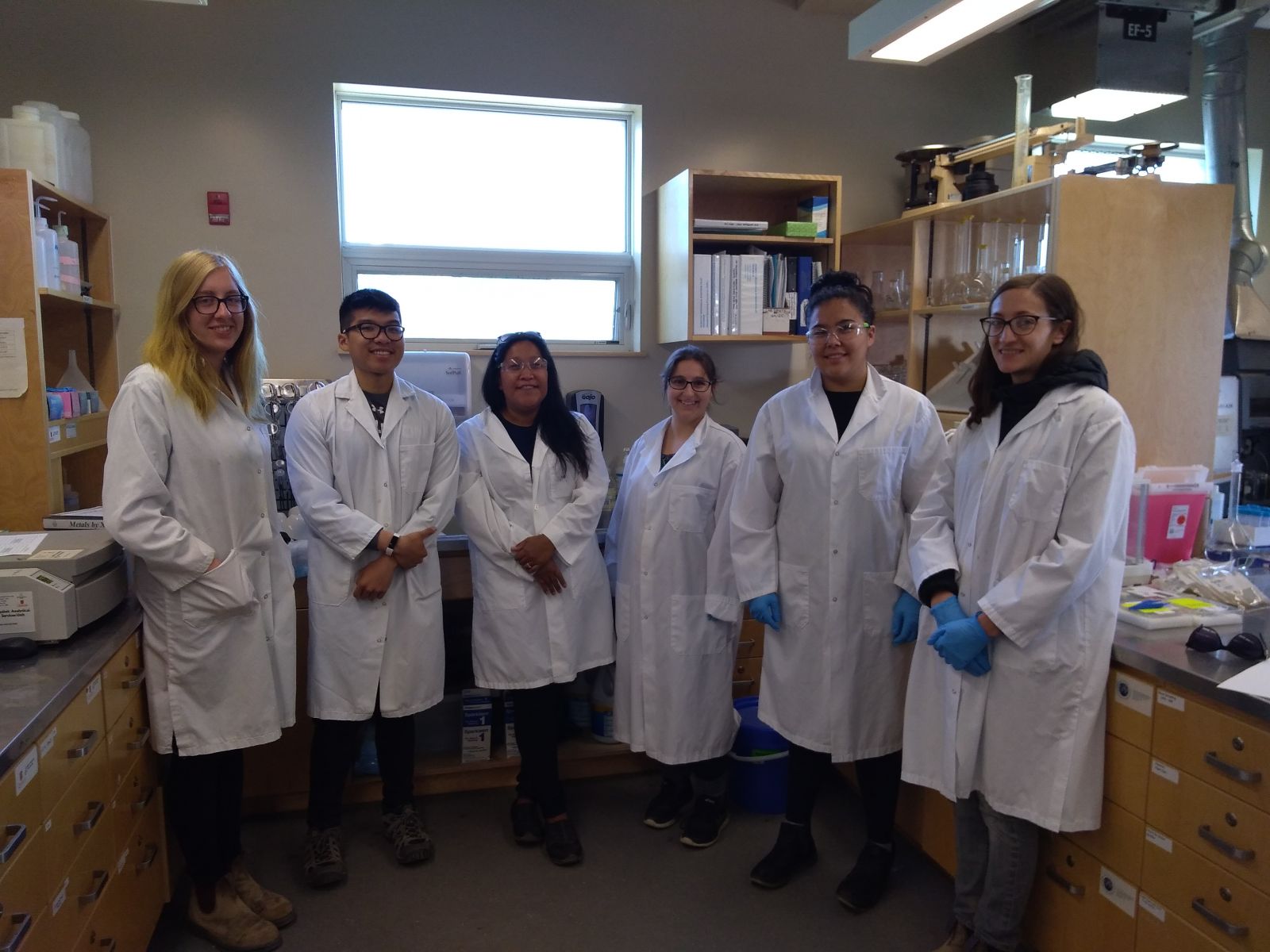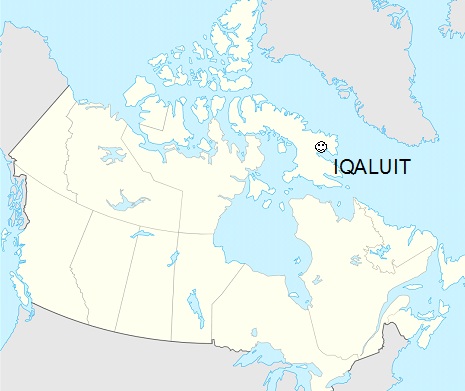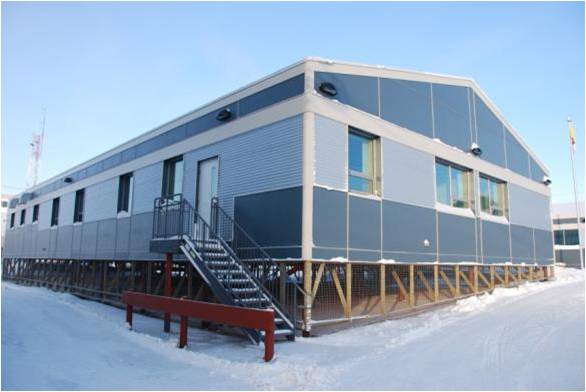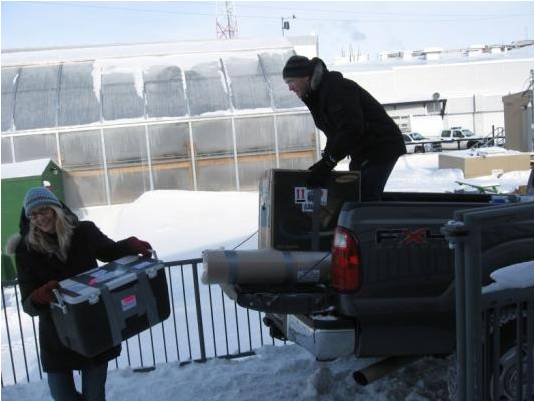|
The ASU has maintained an environmental laboratory presence in Iqaluit from 2011 to 2022. 2019 was the ninth year the Iqaluit ASU (IASU) operated within the facilities of the Nunavut Research Institute (NRI) building. Previously, the laboratory operated out of a mobile lab trailer, only staffed for the summer season, and was accredited by CALA (formerly CAEAL) for specific tests listed in the scope of accreditation - including metals in soil. From 2020 to 2022 as a consequence of COVID, an on-line version of the course was offered. This program had been running since 2010 and prior to this IASU’s parent laboratory at Queens’s University, (Analytical Services Unit) maintained on-site and off-site training programs for several years while participating in the DEW-line clean-up at Resolution Island. All of the training programs have been developed for Inuit and other residents of Nunavut to increase their understanding of contaminants in the arctic environment and to help prepare them for possible future employment in site remediation projects as well as environmental monitoring. Since the onset of the COVID-19 pandemic, the training course was given online with assistance from teaching assistants hired in Iqaluit. Sonja Koster, Mesha Thompson and Dr. Allison Rutter worked with students in the "Environmental Sampling and Analysis Training Program" giving lectures and overseeing laboratories/ problem sets. Dr. Graham Cairns presented several of the on-line lectures and assisted with running samples including walrus, arctic char, clams and caribou tissues. The current training course also introduced participants to laboratory practices that are defined by the ISO/IEC 17025 Standard that is used internationally by accredited laboratories. As part of our work in the IASU with the ArcticNet project, hundreds of water samples were collected from local water sources by other ArcticNet researchers for metals analysis. These samples were available for Iqaluit based ‘metals testing’. Preliminary testing of the samples was carried out using the AAS at the Iqaluit laboratory. A selection of these samples (96) were ultimately shipped to the ASU at Queens University and analyzed using ICP-MS and ICP-OES techniques to determine a broad range of analytes and potential contaminants at extremely low concentrations.
Where is Iqaluit?
|
IASU and the NRIIn March 2012, staff from the IASU were at the NRI building to teach a 3 week Environmental Technology Course.
"The Nunavut Research Institute is a gateway to the many exciting research and technology development initiatives underway in the territory" - Nunavut Arctic College Visit the NRI website The laboratory was equipped with a Varian AA280FS (fast sequential atomic absorption spectrometer), a gas chromatograph and a Panalytical Minipal-4 energy dispersive X-ray fluorescence instrument (EDXRF). In addition to the improved testing capabilities, this new venture will allow ASU to increase training opportunities. Setting up the IASU
The Environmental Technology Program at Nunavut Arctic College is housed in the same facility as the IASU laboratory. In March 2011, three ASU staff spent a full day teaching the first and second year Environmental Technology students. Lectures on remediation at Arctic field sites and a hands-on laboratory in which the students analyzed soils for petroleum hydrocarbons and metals were very well received by the Arctic college staff and students. A full course at Nunavut Arctic College was taught in March 2012 and the course was given again in the summer of 2014 and 2015.
IASU mobile lab trailer before the move NRI and IASU in the NewsDr. Allison Rutter and Dr. Bubby Kettlewell were at the IASU in August 2011 to prepare for the laboratory CALA accreditation process. This coincided with a visit from the then Governor General of Canada, his Excellency the Right Honourable David Loyd Johnson. Dr. Rutter met with the Governor General and showed him the new IASU facility.
|
Iqaluit ASU (IASU)
Iqaluit Analytical Services Unit 2011-2023
Nov 08, 2022





